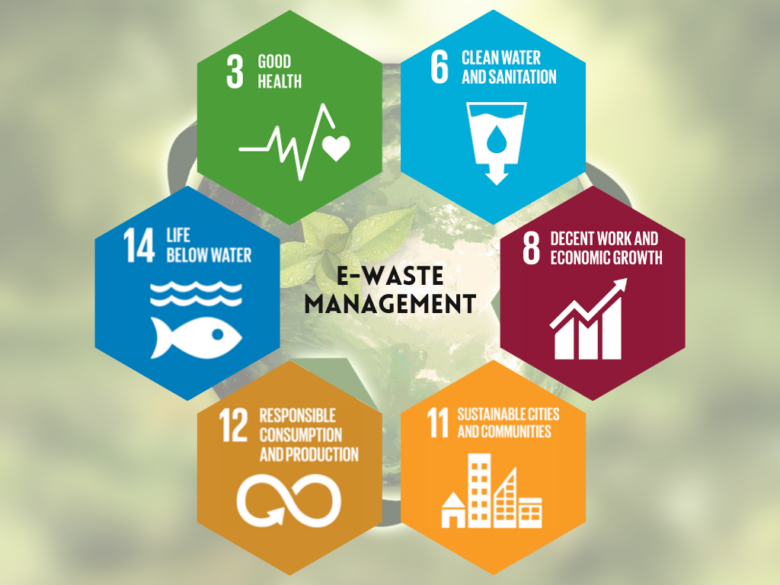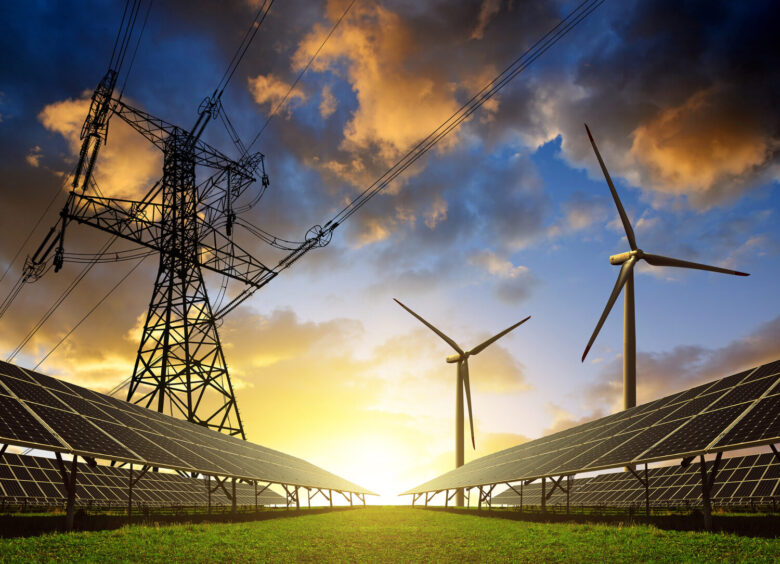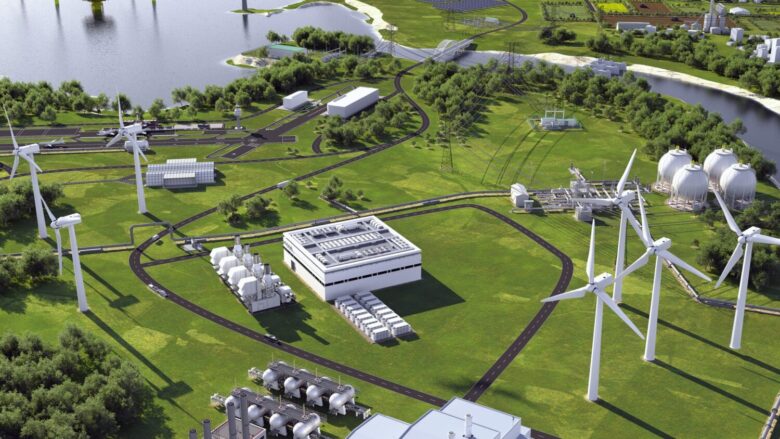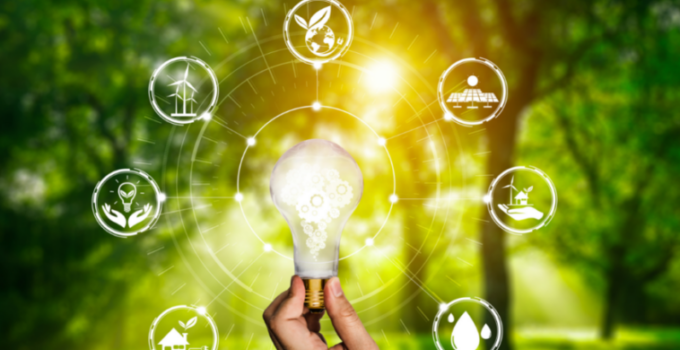Technology plays a central role in nearly every aspect of our daily lives, while concerns about sustainability have risen to the forefront of global discussions. Combining these two critical areas—technology and sustainability—offers a new perspective on both challenges and opportunities. Let’s explore the nexus of these domains.
The Growing Importance of Tech-Sustainability Synergy

Source: majorel.com
The rapid acceleration of technological advancements has been both a boon and a bane for our planet. While technology provides tools to tackle global challenges, its environmental impact is significant. Yet, in this juxtaposition, there’s a silver lining: tech industries are uniquely positioned to lead sustainability revolutions. A focus on marrying technology with eco-friendliness can drive innovation, disrupt old norms, and set the stage for a greener future.
Pioneers in the tech world have recognized this. They’ve embarked on endeavors that merge the newest digital innovations with environmentally sound practices. Their vision is clear: A world where technological solutions are at the forefront of sustainability efforts, ensuring a symbiotic relationship that benefits both.
CyberGhost’s survey revealed that 77% of respondents actively engage in recycling, and nearly 40% have consciously reduced their meat consumption to limit their carbon footprint. These statistics highlight how individuals are already harnessing technology and information access to make informed, sustainable choices in their daily lives. As technology continues to evolve, it offers ever more powerful tools to support environmentally conscious decisions, making the integration of tech and sustainability a promising path forward.
Challenges and Opportunities in Green Tech Innovation
Green technology, despite its promise, is not without hurdles. High costs, complex integration processes, and the need for significant initial investments often act as deterrents. Yet, the digital age presents countless opportunities to reinvent this space. By leveraging data, algorithms, and the collective power of interconnected devices, we can overcome these obstacles.
In the spirit of transformation, many start-ups are focusing on novel eco-tech solutions. From AI-powered conservation strategies to decentralized, low-impact computing methods, there’s a plethora of green tech opportunities waiting to be explored. These ventures, if supported and scaled, can redefine our relationship with the environment.
Reducing E-Waste: Strategies for Sustainable Electronics

Source: greentekreman.com
E-waste is one of the most pressing environmental challenges. Mountains of discarded gadgets pose risks not only to the planet but also to human health. Addressing this issue requires a two-pronged approach: creating durable products and ensuring proper disposal.
The market is slowly seeing the emergence of electronics designed with longevity in mind. Modular designs, upgradable components, and materials that can withstand the test of time are making their way into mainstream products. Simultaneously, recycling initiatives and buy-back programs ensure that old devices don’t end up in landfills but are repurposed or responsibly disposed of.
Energy Efficiency in the Digital Sphere: Powering a Greener Future
Our digital world runs on energy. However, the current consumption patterns are far from sustainable. There’s a pressing need to shift gears and prioritize energy-efficient solutions in all tech endeavors.
The move towards energy-efficient hardware is gaining momentum. Innovations like low-power processors, solid-state drives, and optimized software promise a future where digital tasks consume less energy. On the other side of the coin, developers and engineers are collaborating to design software solutions that maximize performance while minimizing energy usage, creating a balanced and sustainable tech ecosystem.
Renewable Energy Integration in Tech Operations

Beyond energy efficiency, there’s a broader narrative: the type of energy we use. Fossil fuels are passé; renewable energy is the future. Tech giants are now investing heavily in clean energy solutions, understanding that a shift is both an environmental imperative and a business necessity.
Solar farms, wind turbines, and other renewable sources are steadily powering data centers and manufacturing units. These operations, once seen as energy-guzzlers, are gradually becoming examples of how technology and clean energy can form a harmonious alliance. This transformation underscores the broader potential for tech industries to champion a sustainable energy revolution.
Smart Design for Eco-Friendly Devices and Services
Design is more than aesthetics; it’s about function, efficiency, and sustainability. The principle of eco-design emphasizes integrating environmental considerations from the product’s inception to its end of life.
Manufacturers are gradually realizing the benefits of smart, sustainable designs. Materials are chosen not just for their durability but for their recyclability. Devices are structured for easy disassembly, allowing for better recycling or repurposing. On the software front, services are optimized to be less resource-intensive, ensuring that they leave a minimal carbon footprint during their lifecycle.
Data Centers and Sustainability: Balancing Information with Energy

Source: siemens-energy.com
Data centers, often visualized as endless rows of blinking servers, are critical for the digital age. Yet, their energy demands are colossal. As data grows, so does the imperative to make these centers eco-compatible.
Innovative cooling techniques, like using natural air or underwater solutions, have emerged to counteract the heat generated by servers. The location of these centers, too, is strategic, often chosen for environmental benefits like cold climates. The paradigm shift is evident: data storage no longer needs to be at odds with the planet’s well-being. With thoughtful planning, it can even complement it.
Promoting Circular Economy in the Tech Industry
The linear model of “make-use-dispose” is fading. Enter the circular economy, where products are designed and used with their entire lifecycle in mind, emphasizing reusability and minimizing waste.
Tech companies are embracing this concept. Products are no longer seen as mere commodities but as assets with extended lifespans. Repairability, upgradability, and recyclability have become the cornerstones of product design. Beyond devices, software platforms are also being optimized to promote shared resources and diminish electronic redundancy, paving the way for a more interconnected and less wasteful digital landscape.
Collaborative Initiatives: Tech Industry’s Role in Environmental Conservation

Source: computerworld.com
The tech sector cannot achieve sustainability in isolation. Collaborations with governments, NGOs, and other industries are paramount for a holistic approach to environmental conservation.
Tech behemoths are partnering with conservation organizations to utilize AI and machine learning in biodiversity projects. Others are offering their infrastructural prowess to assist grassroots green movements. This multi-sectoral cooperation underscores a key truth: sustainable transformation requires collective efforts, and the tech industry, with its resources and influence, can play a pivotal role.
Final Thoughts
The intertwining of technology and sustainability is not just a fleeting trend—it’s a necessary evolution. As the digital age surges forward, the responsibility to ensure it does so in harmony with our planet grows paramount. Embracing eco-friendly practices, making conscious choices, and fostering collaborations will shape a future where technology doesn’t stand apart from sustainability but walks hand in hand with it.




